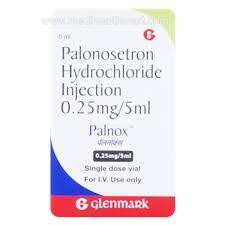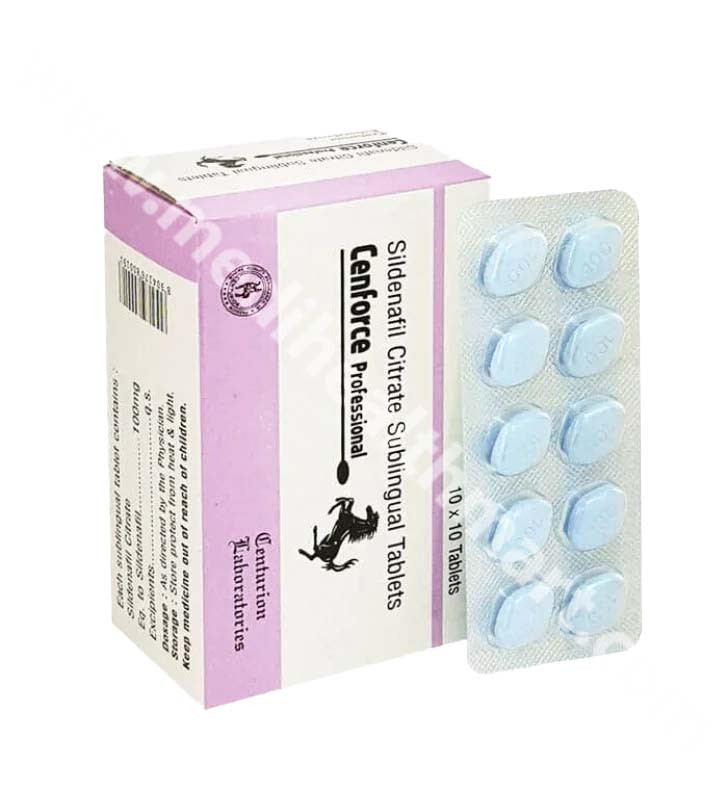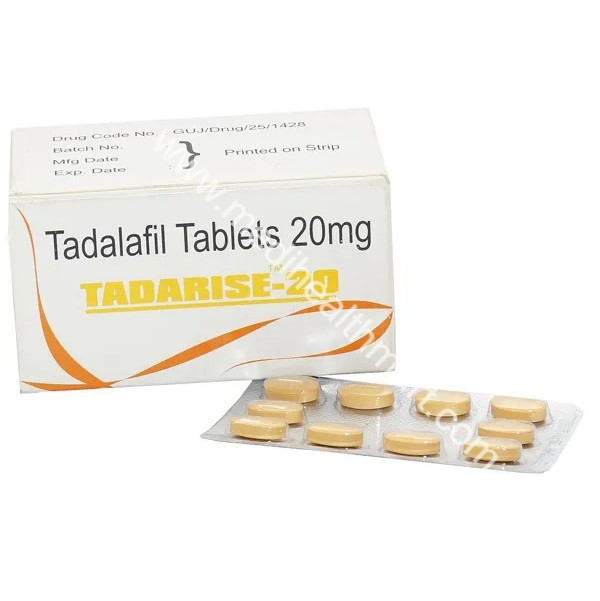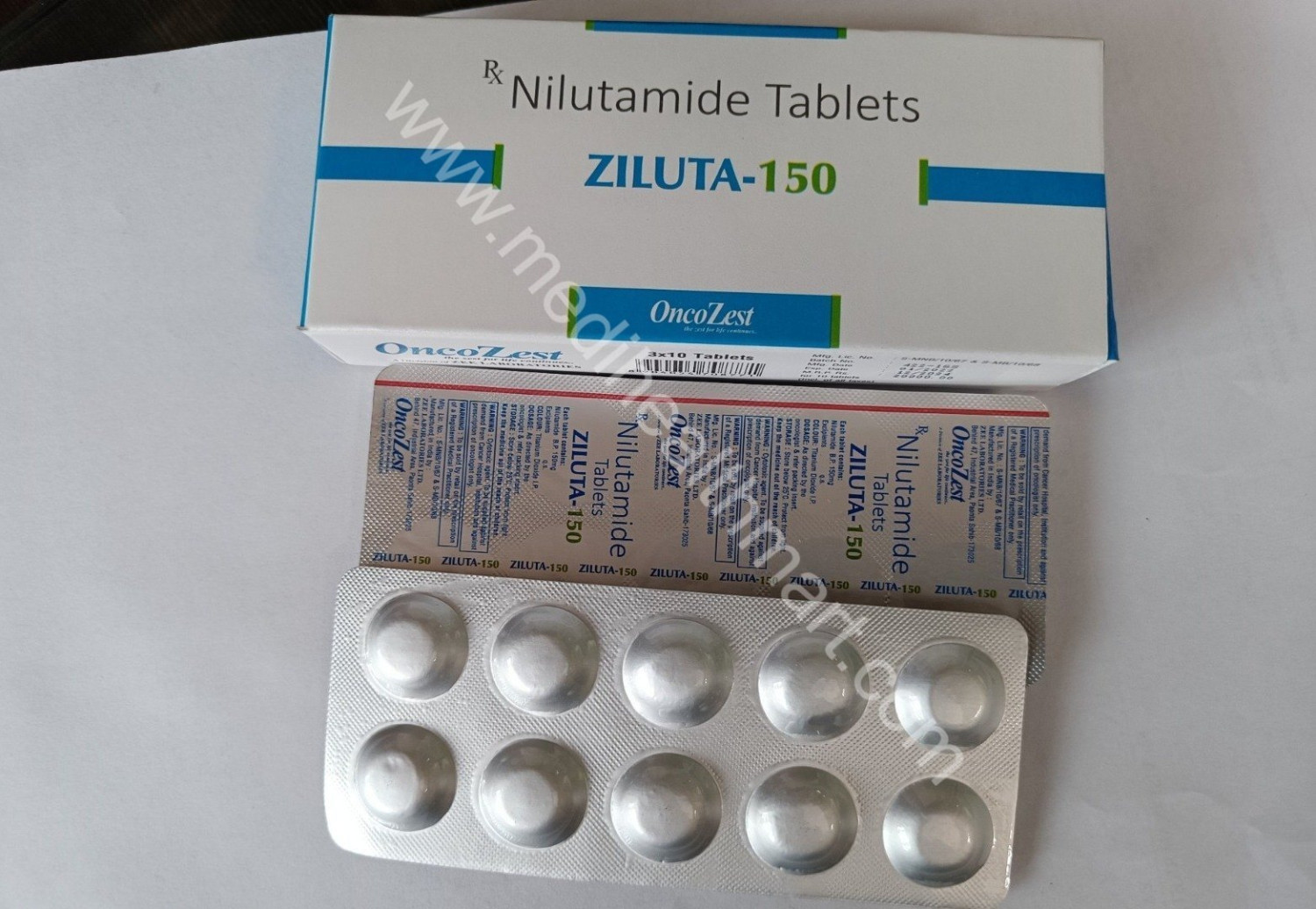

Palnox
Palnox contains Palonosetron, a second-generation serotonin (5-HT3) receptor antagonist used to prevent and treat chemotherapy-induced nausea and vomiting (CINV) and postoperative nausea and vomiting (PONV). It works by blocking serotonin, a neurotransmitter that triggers nausea and vomiting in the body, particularly in response to chemotherapy and surgery.
Palnox is highly effective in preventing nausea and vomiting associated with chemotherapy treatments, particularly those that are highly emetogenic (capable of inducing vomiting). It is also used to manage nausea and vomiting after surgery, helping patients recover more comfortably post-operatively.
Palonosetron has a longer half-life than first-generation antiemetics, meaning it provides extended protection from nausea, allowing for fewer doses compared to older medications. It can be administered as an intravenous (IV) injection or in oral tablet form, depending on the patient's condition and the healthcare provider's recommendation.
Uses of Palnox
✅ Chemotherapy-Induced Nausea and Vomiting (CINV) — prevention and treatment of nausea and vomiting caused by chemotherapy
✅ Postoperative Nausea and Vomiting (PONV) — prevention of nausea and vomiting after surgical procedures
✅ Preventive Care — helps improve quality of life for patients undergoing chemotherapy or surgery
Key Benefits
-
Long-acting: Palnox provides protection against nausea and vomiting for up to 72 hours after chemotherapy or surgery
-
Effective: Palonosetron has been proven to be more effective than older antiemetics in preventing both acute and delayed CINV
-
Convenient administration: Available as an IV injection or oral tablets, offering flexibility depending on the patient's needs
-
Helps improve patient comfort and recovery during chemotherapy or after surgery
-
Low side effect profile: Compared to older antiemetics, Palnox tends to have fewer side effects, including reduced incidence of sedation and constipation
How Palnox Works
Palnox (Palonosetron) works by selectively blocking the serotonin 5-HT3 receptors in the brain and gut, areas that are involved in the vomiting reflex. During chemotherapy or post-surgery, serotonin levels increase, triggering nausea and vomiting. By inhibiting these receptors, Palnox prevents the activation of the vomiting center in the brain, effectively reducing or eliminating these symptoms.
Because Palnox has a long half-life (approximately 40 hours), it provides prolonged antiemetic action, offering protection from nausea and vomiting long after the initial chemotherapy or surgery has been completed.
-
$69.00 - $99.00
-
$79.00 - $181.00
-
$59.00 - $95.00
-
$45.00 - $121.00
-
$95.00 - $200.00
-
$395.00 - $990.00
Reviews & Ratings
Palnox contains Palonosetron, a second-generation serotonin (5-HT3) receptor antagonist used to prevent and treat chemotherapy-induced nausea and vomiting (CINV) and postoperative nausea and vomiting (PONV). It works by blocking serotonin, a neurotransmitter that triggers nausea and vomiting in the body, particularly in response to chemotherapy and surgery.
Palnox is highly effective in preventing nausea and vomiting associated with chemotherapy treatments, particularly those that are highly emetogenic (capable of inducing vomiting). It is also used to manage nausea and vomiting after surgery, helping patients recover more comfortably post-operatively.
Palonosetron has a longer half-life than first-generation antiemetics, meaning it provides extended protection from nausea, allowing for fewer doses compared to older medications. It can be administered as an intravenous (IV) injection or in oral tablet form, depending on the patient's condition and the healthcare provider's recommendation.
Uses of Palnox
✅ Chemotherapy-Induced Nausea and Vomiting (CINV) — prevention and treatment of nausea and vomiting caused by chemotherapy
✅ Postoperative Nausea and Vomiting (PONV) — prevention of nausea and vomiting after surgical procedures
✅ Preventive Care — helps improve quality of life for patients undergoing chemotherapy or surgery
Key Benefits
-
Long-acting: Palnox provides protection against nausea and vomiting for up to 72 hours after chemotherapy or surgery
-
Effective: Palonosetron has been proven to be more effective than older antiemetics in preventing both acute and delayed CINV
-
Convenient administration: Available as an IV injection or oral tablets, offering flexibility depending on the patient's needs
-
Helps improve patient comfort and recovery during chemotherapy or after surgery
-
Low side effect profile: Compared to older antiemetics, Palnox tends to have fewer side effects, including reduced incidence of sedation and constipation
How Palnox Works
Palnox (Palonosetron) works by selectively blocking the serotonin 5-HT3 receptors in the brain and gut, areas that are involved in the vomiting reflex. During chemotherapy or post-surgery, serotonin levels increase, triggering nausea and vomiting. By inhibiting these receptors, Palnox prevents the activation of the vomiting center in the brain, effectively reducing or eliminating these symptoms.
Because Palnox has a long half-life (approximately 40 hours), it provides prolonged antiemetic action, offering protection from nausea and vomiting long after the initial chemotherapy or surgery has been completed.
Frequently Brought Products
-
$69.00 - $99.00
-
$79.00 - $181.00
-
$59.00 - $95.00
-
$45.00 - $121.00
-
$95.00 - $200.00
-
$395.00 - $990.00

















